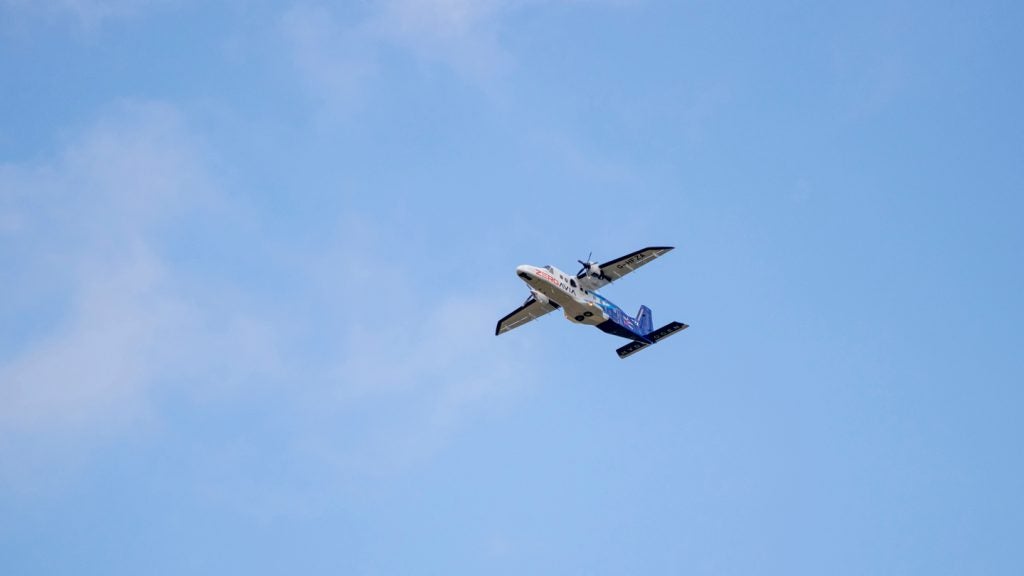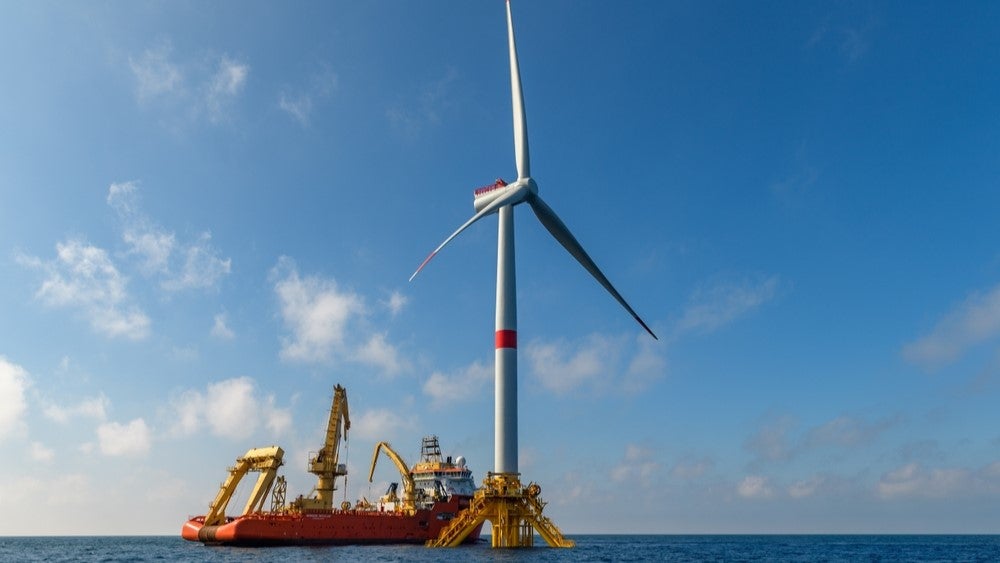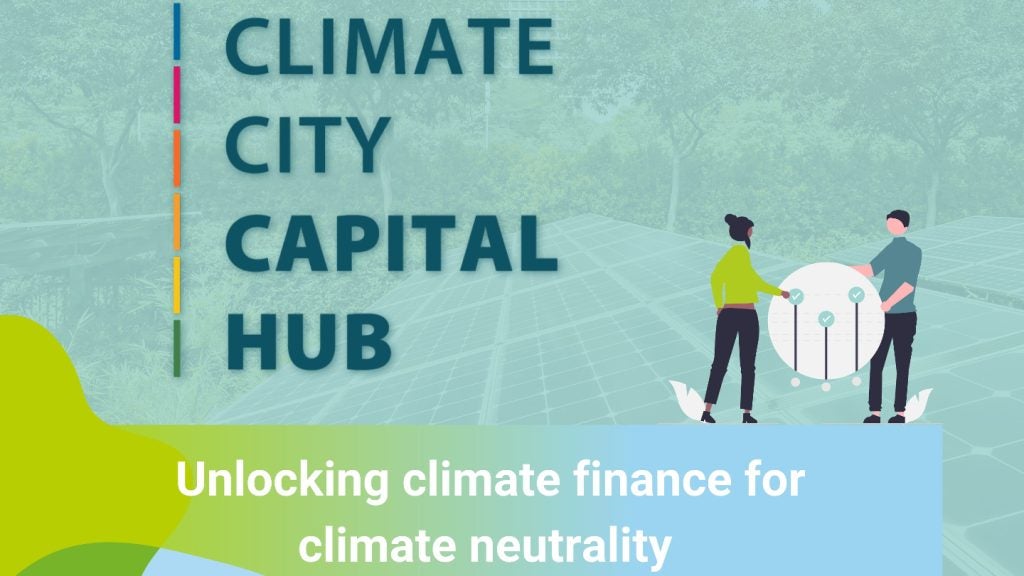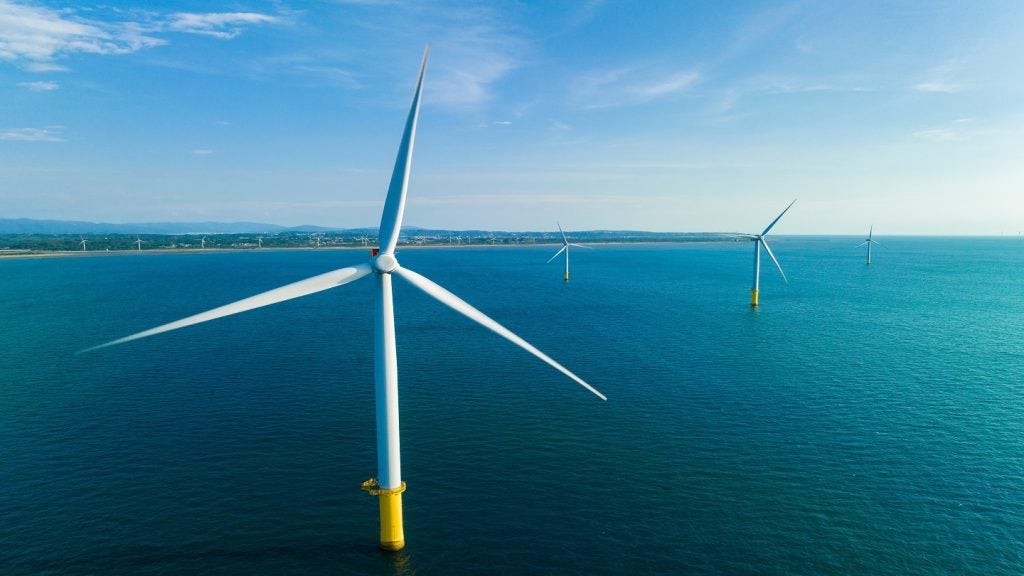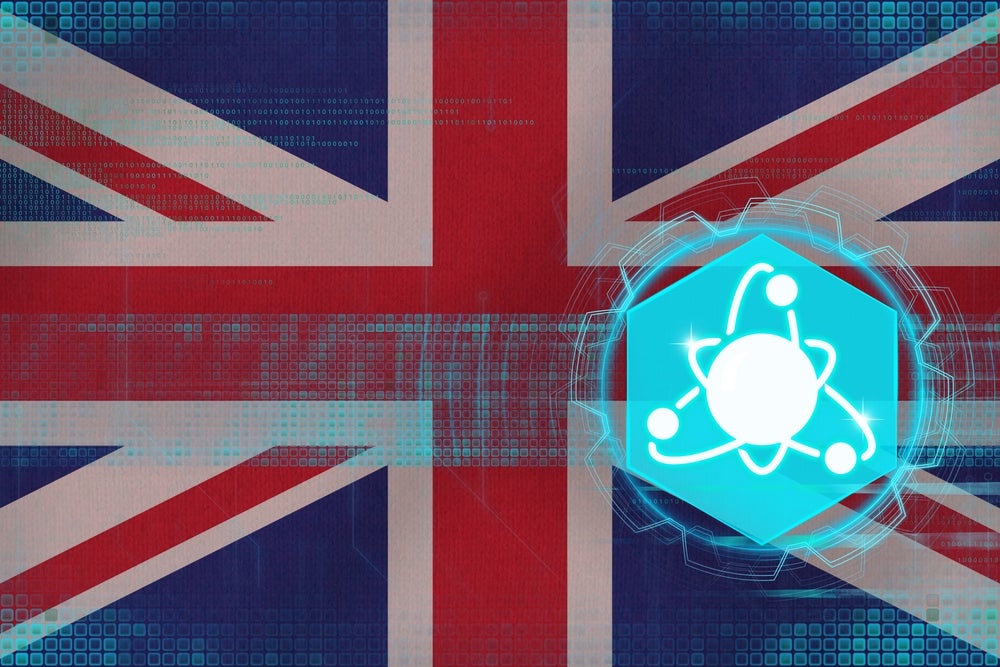The aviation industry should only be building zero-emission aircraft by 2035 if it wants to achieve net zero by 2050 according to a new study by the International Council on Clean Transportation (ICCT).
The “Lifetime emissions from aircraft under a net-zero carbon budget” study said airlines would need to “dramatically increase” their investments into lower emitting aircraft to achieve net zero carbon emissions targets.
The ICCT said manufacturers should ensure all new aircraft could burn 100% sustainable aviation fuel (SAF) from 2030, accelerate development of planes powered by zero-emission fuels such as hydrogen, and establish strict targets for value chain emissions.
Supraja Kumar, the lead author of the study, said: “If airlines are going to be net-zero by 2050, we need planes that burn zero fossil fuels throughout their lifetimes starting around 2035.”
“While SAF blends and fuel efficiency can substantially cut emissions, additional action will be needed from aircraft manufacturers to transition away from fossil fuels by the mid-2030s.”
To calculate its timeline, the ICCT calculated a “net-zero carbon budget” to figure out how much carbon could be emitted by the aviation industry before it would be set to surpass net zero in 2050.
The study established a budget of 18.4bn tonnes and calculated the global aircraft fleet, as of 2023, would emit 9bn tonnes of CO2 in its lifetime, with the lifetime emissions of planes delivered before 2042 set to exhaust the remaining budget by 2037 at the latest.
Therefore, the study’s authors said that all new aircraft delivered after this date would need to be zero-emission planes if the industry was to have any hope of achieving its net zero goals.
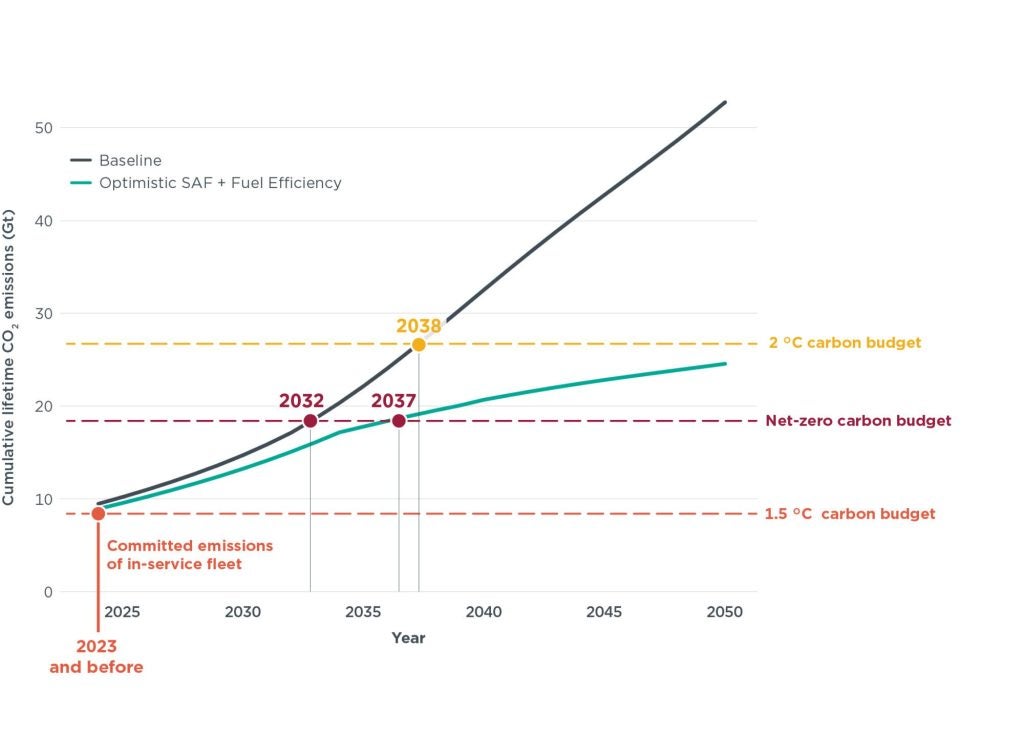
Claims made in the study may come as a shock to the system for many in the industry who still see the widespread use of zero-emission aircraft as decades away, with Airbus’ ZEROe project only expecting to launch its first hydrogen plane in 2035.
As a result, many in the industry have been seeking to invest heavily into SAF as a more achievable alternative for short-term emissions reductions, with the fuel offering an 80% reduction to traditional jet fuel when used at 100%.
Despite this, the fuel still has a long way to go before being ready for widespread use as SAF production output remains very low and the EU’s recently passed SAF mandate, seen as too ambitious by many, only requiring a 70% blend by 2050.
However, if there is to be a path towards the targets set out by the ICCT, it may come from smaller aircraft startups such as ZeroAvia, which recently added American Airlines to its orderbook and is planning to launch a small hydrogen-powered aircraft in 2025, with a 100-200 seat model scheduled for 2029.


